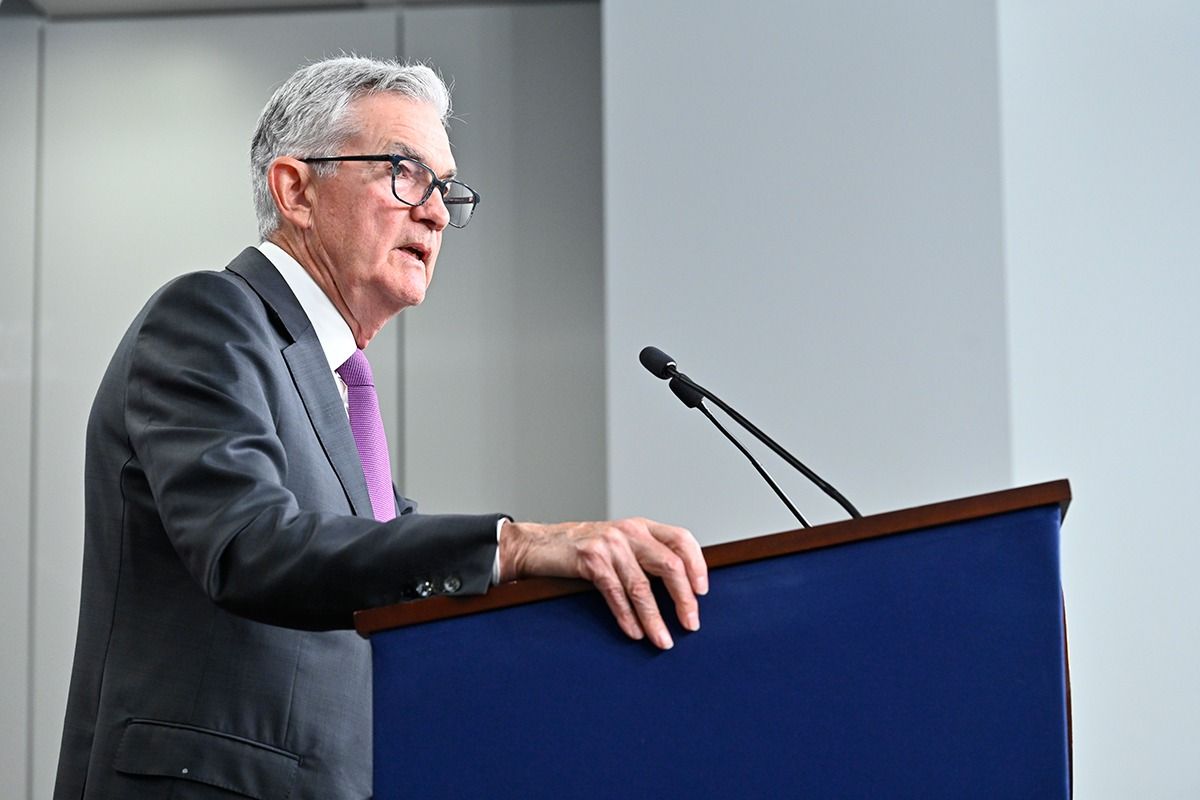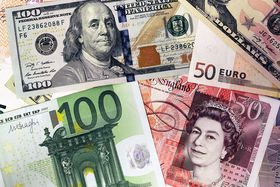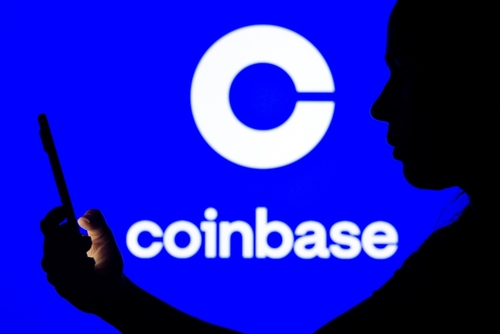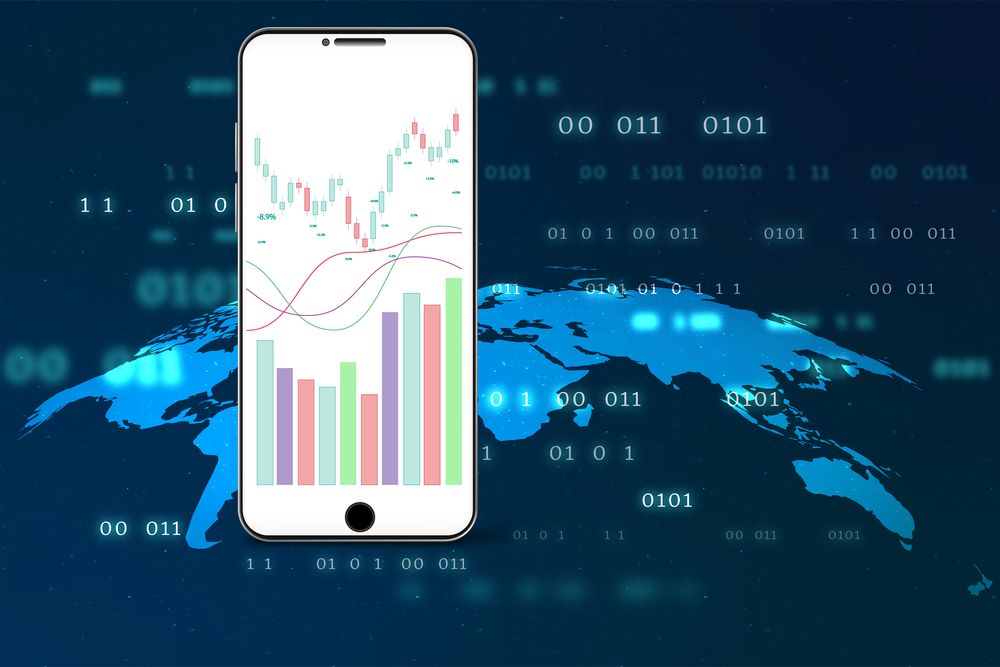[Reuters Analysis] Trump boxes in Fed with extreme rate cut calls: McGeever

By Jamie McGeever
ORLANDO, Florida, July 16 (Reuters) - While almost no one thinks Donald Trump's verbal attacks on Federal Reserve Chair Jerome Powell are a positive development, they have electrified the debate about whether the U.S. president is right that interest rates are too high.
Presidential tirades aside, there is a strong case to be made that the fed funds rate should be lower than its current 4.25-4.50% target range. The labor market is beginning to show signs of cracking, 'hard' economic data is softening, and a tariff-led slowdown may be in the offing.
On the other hand, economic growth is clocking in at an annualized pace of around 2.5% and not expected to dip much below 2% next year, unemployment is still historically low, the stock market is at a record peak, and other financial assets like bitcoin have also never been higher. And, crucially, core inflation is still almost a percentage point above the Fed's 2% target, suggesting that we may be starting to see the inflationary impact of tariffs.
By those measures, policy may be too loose, not too tight.
Indeed, Jason Thomas, head of global research and investment strategy at Carlyle, reckons financial conditions are "unusually accommodative", and argues that had the Fed not said in December that policy was 'restrictive', there would be no need to explain why it hadn't cut rates six months later.
The president clearly does not agree. Trump is clamoring for borrowing costs to be slashed by 300 basis points. That would take the policy rate closer to 1%, a level usually associated with severe financial market stress, strong disinflationary pressures or a deep economic funk. Or all three.
R-STAR GAZING
One would be hard-pressed to find many experts who would agree with Trump's call, even those who fall on the dovish side.
But then where should rates be?
Policymakers typically use forward-looking models and frameworks to inform their decisions. The most famous of these, so-called 'R-Star', comes in for a lot of criticism, as it is theoretical, referring to the inflation-adjusted long-term neutral interest rate that neither accelerates nor slows growth when inflation is at target. This may be a fuzzy concept, but officials look at it, so investors cannot dismiss it completely.
There are two benchmark 'R-Star' models, both partly created by New York Fed President John Williams. One currently puts this rate at around 0.80% and the other around 1.35%. If inflation were at the Fed's target 2%, then these models would put the nominal fed funds rate at around 2.80% or 3.35%, respectively. Fed policymakers split the difference in their latest median projections, putting the long-term nominal Fed funds rate right at 3.00%.
If these estimates are anywhere close to accurate, the nominal policy target range of 4.25-4.50% now appears to be restrictive, so the path ahead is lower.
Rates traders and investors seem to agree. While the latest CPI report has caused jitters at the long end of the yield curve, rates markets are still pricing in more than 100 basis points of easing over the next 18 months.
But this has helped fuel the asset price rally, which, ironically, strengthens the argument that policy may be closer to neutral than models suggest.
WISHFUL THINKING
Powell may have backed the Fed into a corner by maintaining that policy is still restrictive, albeit "modestly" so.
These claims signal the Fed will lower rates, but it has not done so, as it is waiting to see if Trump's protectionist trade agenda unleashes inflation. Moreover, it also does not want to appear to be responding to political pressure to cut rates.
"Some will say this collision was unavoidable. But the Fed would find itself in a far more defensible position had it embraced a posture of neutrality, pledging to cut or hike as warranted by future developments (including policy shifts)," Carlyle's Thomas wrote on Tuesday.
In short, the Fed is in a bit of a bind, and Trump's attacks will only make it worse. His call for 300 basis points of rate cuts may end up being similar to his 'reciprocal tariff' gambit: aim extremely high, settle for something less, and claim victory.
The problem, of course, is that monetary policy is not supposed to be a negotiation.
(The opinions expressed here are those of the author, a columnist for Reuters)
Benchmark 'R-Star' models
FOMC's median long-term interest rate projections
US rates futures vs 3 months ago








